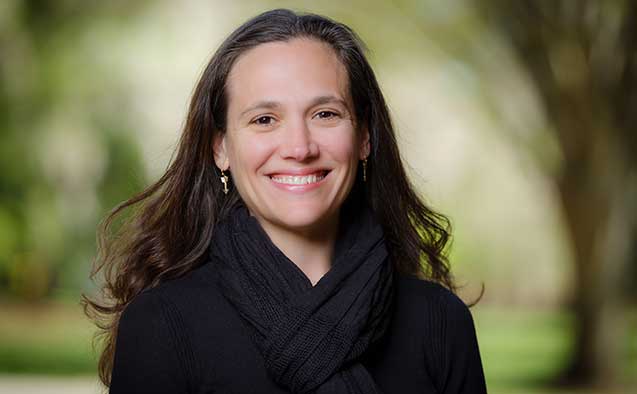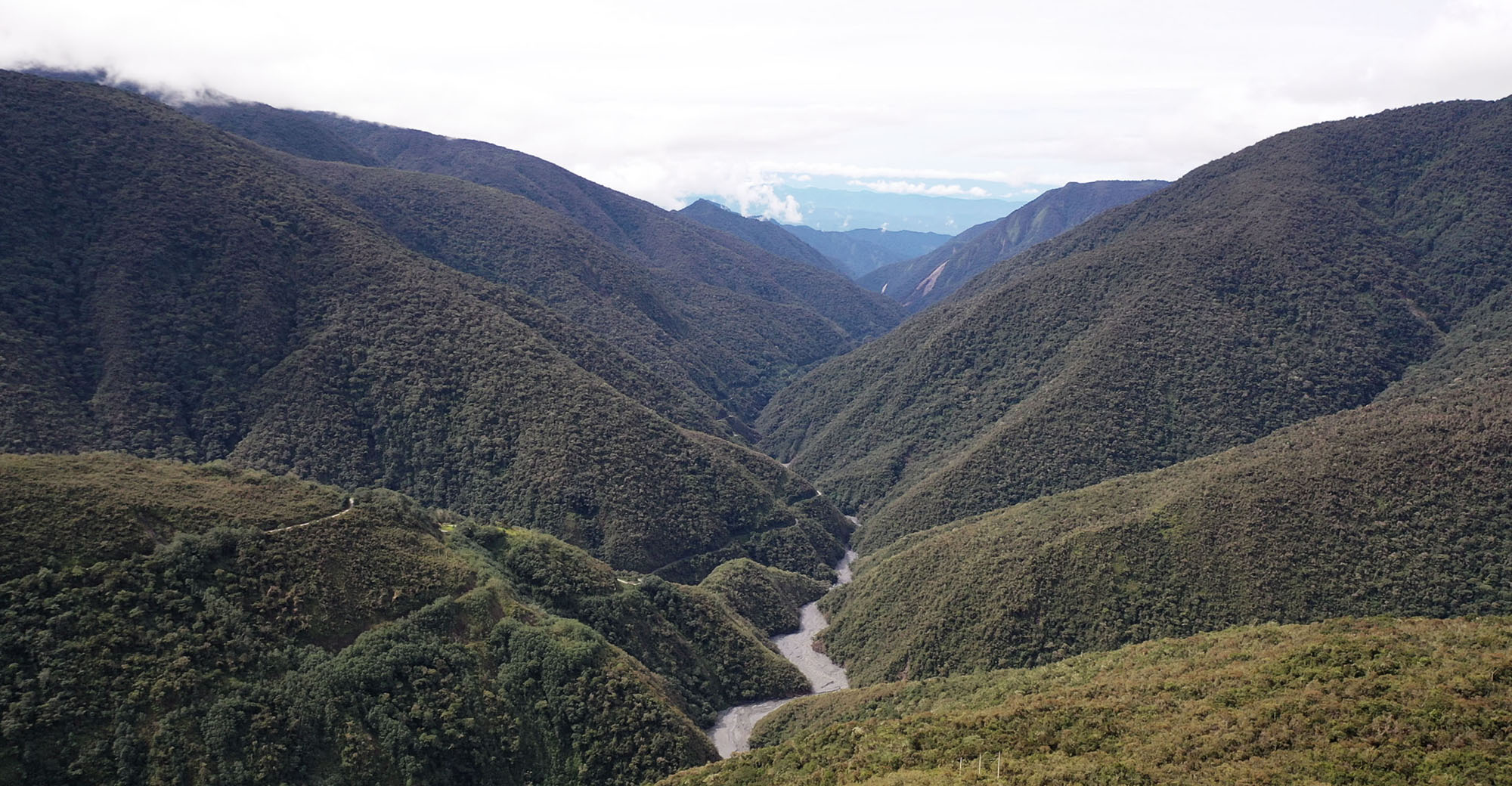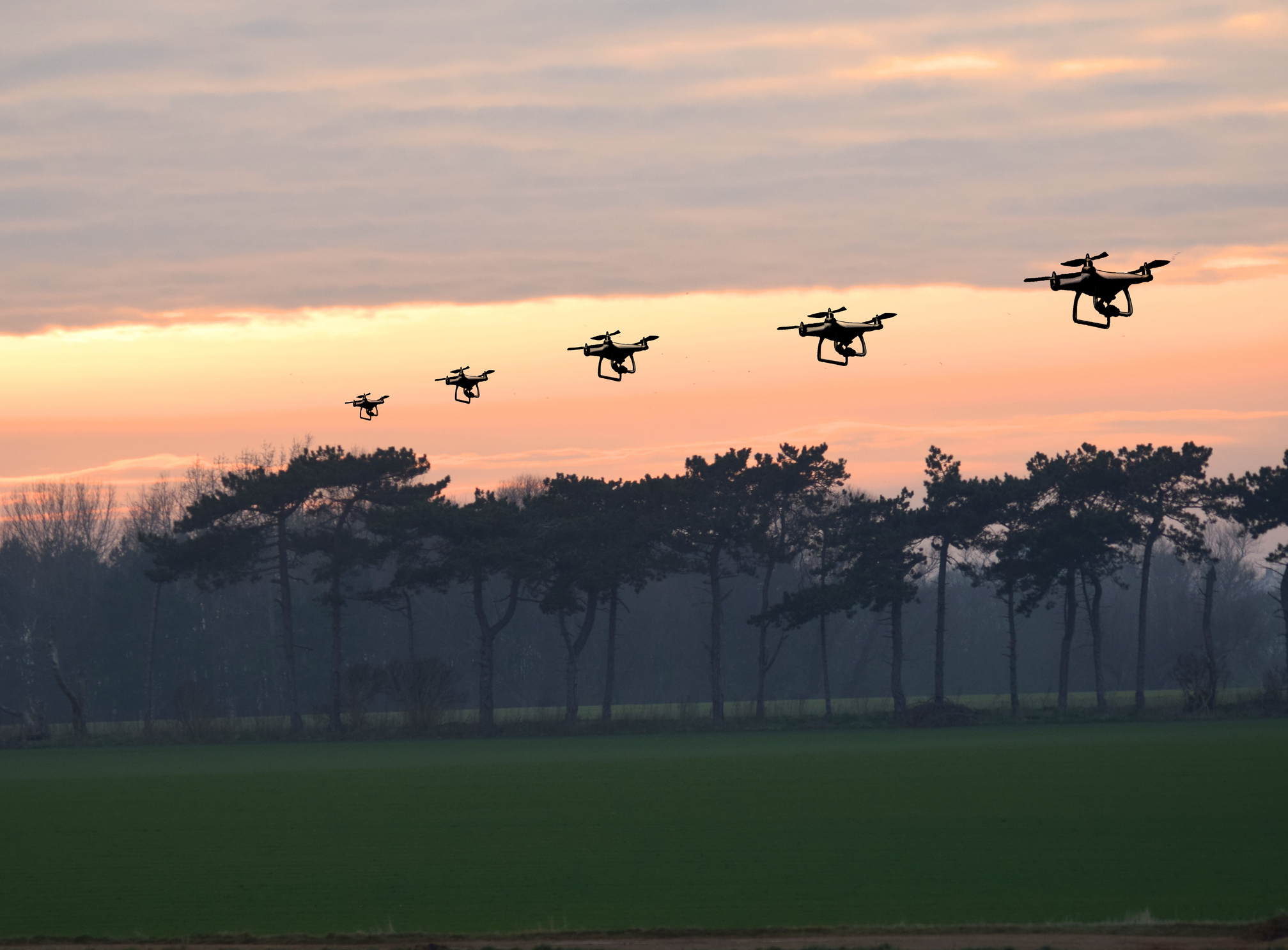Changing community through the arts, panel discussion at IdeasCityWS

Wake Forest Vice Provost for the Arts and Interdisciplinary Initiatives Christina Soriano is also an associate professor of dance. She is the creative force behind IMPROVment®, an integrative method of dance that emphasizes physical and mental fitness for people living with neurodegenerative diseases. Soriano was named a Next Avenue Influencer in Aging for her work in this area in 2018 and a Kennedy Center Citizen Artist Fellow for 2019-2020.
She has been involved in three scientific studies that look at the ways improvisational dance can help mobility and balance. Since 2012, Soriano has been offering classes to older adults in the community with her Wake Forest dance students assisting. Since the pandemic, these weekly classes have moved to a virtual platform. They are free and open to the public on Thursday evenings. Learn more about fall classes here.
How do dance and science combine in your research?
Dance is an incredibly powerful, non-pharmacological tool for people living with movement disorders or other neurodegenerative diseases. Our method focuses on guiding movement through many open prompts and encourages people to self-generate movement in their bodies rather than just mimic the instructor. This invites spontaneity, risk-taking, and a sense of play. There is never a wrong movement response in our class environments, nor a need to memorize anything. We move quickly through cues like “draw figure-eight shapes with your elbow in space” or “conduct an orchestra for giants. ”Our preliminary research suggests that participation in these classes can lead to increases in people’s quality of life, cognition and mobility. The group gathering for weekly class is important because it brings together people who are dealing with similar challenges. It offers an opportunity to create community through shared movement experiences together in a fun and safe space.
Together with my colleague Dr. Christina Hugenschmdit, a neuroscientist and associate professor of gerontology and geriatric medicine at the Sticht Center for Healthy Aging and Alzheimer’s Prevention at Wake Forest School of Medicine, we share a grant from the National Institutes of Health. We are currently in the first steps of analyzing our data.
How has your vision of bringing the arts to communities changed?
I see with my own eyes as a dance educator and movement specialist how studying dance changes people’s physical confidence. Now, having witnessed the effects of changes in functional brain networks because of an individual’s dance experience, I have a greater understanding for how dance can change the world.
“The city of arts and innovation needs more people who believe in building the bridge between arts and innovation.” Christina Soriano
Two years ago, Wake Forest University worked with Forklift Danceworks (led by Allison Orr ‘94) on an innovative performance project. Our facilities and campus services staff performed or participated in an outdoor dance called “From the Ground Up.” It was performed outdoors on Hearn Plaza in the center of campus. The two-year project connected staff and students through job shadowing and used dance to showcase people at the University whose work often goes unseen. This is one example of how investment in the arts and support from external funding from the National Endowment for the Arts and the University changed our community. The grant funding we have received from federal agencies has been transformative but equally critical is support that cannot be funded, like that coming from individuals, internal pilot funding or support for our manuscript publications. This allows us to support travel for us and our students to attend national meetings, offer presentations and support our manuscript publications.
How might the arts and community become more closely linked?
We have so many resources in Winston-Salem and so many talented artists and scientists doing important work. The question is, how can we help to better bring them together in interdisciplinary research, social impact work and community-facing initiatives? This takes investment in people and their time, and a bold vision to take risks. It is the legacy our city can have, and our educational institutions can be leaders in this work.
Zero-turn and walking wing mowers moved in unison. A telehandler, backhoe and skid steer danced on Hearn Plaza. The University’s iconic Quad was transformed into a stage where more than 60 team members from Facilities and Campus Services were the stars of the show.
Categories: Research & Discovery
Wake Forest News
336.758.5237
media@wfu.edu
Meet the News Team
Headlines
Wake Forest in the News
Wake Forest regularly appears in media outlets around the world.




